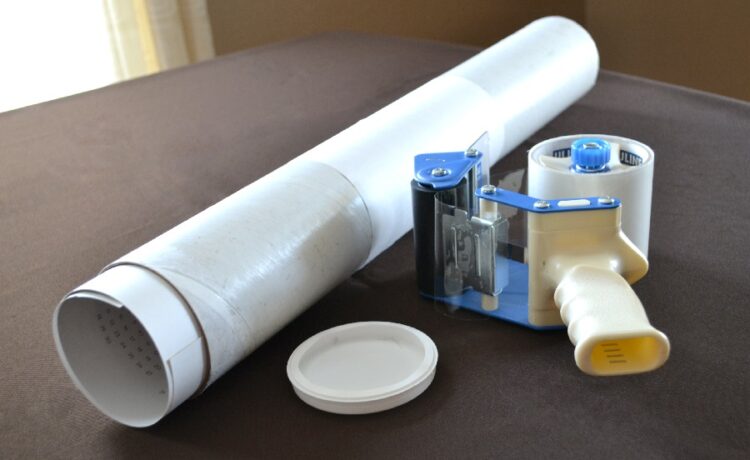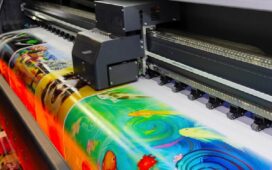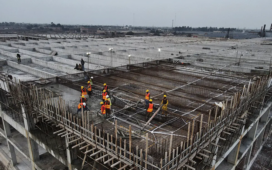A mailing tube is a strong, stable, and long-lasting cardboard container used to convey long, thin equipment and items, as well as rolled-up maps, banners, and posters. The durable casing of postal tubes protects and secures its contents while allowing for simple handling.
Mailing tubes are available in three shapes: triangular prisms, cylindrical, and square prisms. They are built of solid and long-lasting paperboard or corrugated board. Sheets of Kraft and test paper are coiled around a mandrel to make cylindrical mailing tubes, whilst triangular and square tubes are fashioned like boxes and are foldable. All mailing tubes, regardless of shape, are built to endure the handling and stress of sending and shipment.
Mailing Tube Types
Packing and mailing materials have evolved and altered over time to fit the needs of technology and various delivery techniques. Long goods to be sent were initially enclosed in boxes or wrapped in paper in the expectation that they would not be damaged during travel.
New postal tubes have been developed and upgraded to suit the needs of modern mailing. They are available in various lengths, widths, forms, and materials to precisely fit the demands of businesses. The strength and durability of postal tubes allow them to be used successfully. The basic materials in postal tubes can be recycled and utilized even after they have outlived their usefulness.
Factors to Consider When Purchasing Mailing Tubes
Shape
There are several shapes available for mailing tubes, including round tubes, which are the simplest to construct. Because they stack nicely and provide superior structural support, square and triangular mailing tubes are commonly substituted. Commercial and wholesale shipments requiring oversized mailing tubes are best packaged in square tubes to maximize storage capacity.
Various sized mailings can be sent using adjustable postal tubes due to their telescoping nature. Telescopic postal tubes are spiral coiled, similar to regular cylinder tubes, but are usually constructed from more robust materials to withstand repeated use. In most telescoping postal lines, end caps are included that must be taped over the ends.
Tube Thickness
If you look attentively at different postal tubes, you will find that their thickness varies. Tubes composed of thin cardboard are lightweight and are commonly used to convey things that are not easily damaged, such as baseball bats. On the other hand, standard postal tubes are composed of relatively thick cardboard and provide enough protection for objects such as posters and blueprints. The thick coating keeps creases at bay. Heavy-duty postal tubes are said to be the finest choice for delivering fragile products like personalized golf clubs. Most essential, select a mailing tube based on the amount of security required.
Plastic/Metallic Caps
When purchasing mailing tubes, the first item to consider is the type of cap. Metal, plastic, or cardboard coverings are available, and your decision dictates the protection of your valuables. For example, cardboard caps are not sturdy and should only be used for short-distance transportation. However, it would help if you used mailing tubes with metallic or plastic tops to transport posters or prints across state lines. Because of their structural integrity, plastic or metallic caps prevent a postal box from collapsing, providing unrivaled protection for the content. Furthermore, the lids must fit firmly to keep moisture and debris out.
Features
Consider a few more characteristics that might improve the robustness and practicality of your bespoke mailing tubes. Self-sealing postal tubes from several manufacturers are available without end caps. These tubes, however, include foldable ends that may be closed without using extra packaging materials. Self-sealing tubes are an excellent choice for light products that may be laid flat for storage.
When delivering fragile items, padding is a sensible addition. Cushioning material like bubble wrap is applied to padded mailing tubes to provide additional protection. The corners of padded envelopes are usually reinforced and the end caps are usually locked to provide an extra level of security.



















